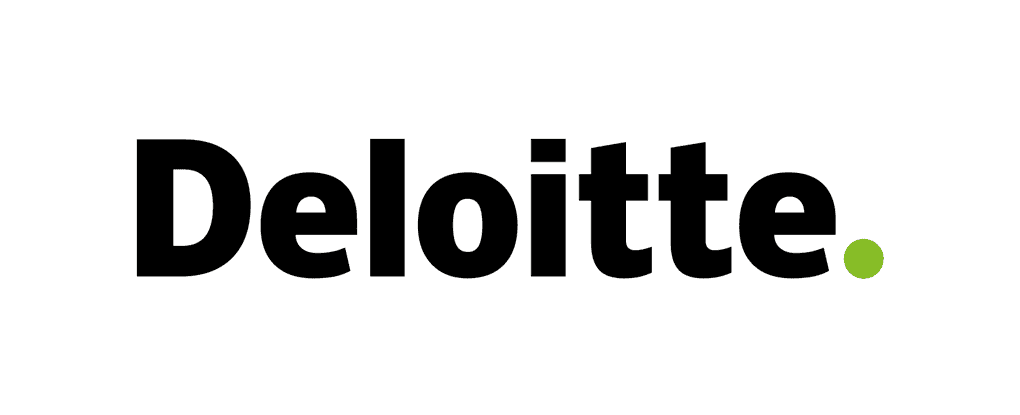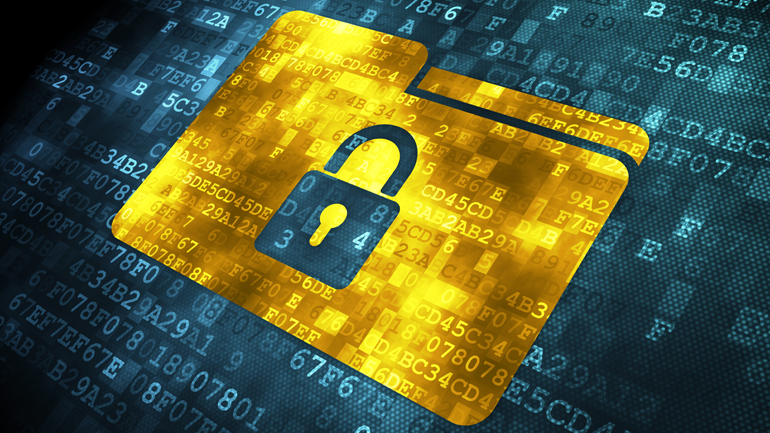
Blockchain Makes Digital ID a Reality
Brought to you by Deloitte Consulting


The concept of identity has not kept pace in a world of accelerated digitization and data. Nowhere is that more apparent than the cost and friction involved in answering three basic questions simply to engage in commerce:
- Are you who you say you are?
- Do you have the mandate you say you have?
- Can I trust you?
Imagine a world where once these questions are answered the first time, no one else needs to ask them again, or only a subset or new information has to be provided. Archaic identity systems aren’t just frustrating—they’re holding back innovation. The full potential of financial technology and digital global finance, so close at hand, will come about only when a global standard for digital identity does. The technology to make that happen? Blockchain.
A blockchain is a record, or ledger, of digital events, one that’s “distributed” between many different parties. It can only be updated by consensus of a majority of the participants in the system. And, once entered, information can never be erased. With a certain and verifiable record of every single transaction ever made, Blockchain provides the underlying technology to give consumers control over their own portable digital identity.
Blockchain brings digital identity into 2016 (and beyond), opening the full potential of digital innovation to change how we buy and sell goods and services, manage health and wealth, and present our digital identity to the world.
BYO ID
Identity data is everywhere—on all types of devices, applications, private and public networks—but it’s disconnected and doesn’t present a complete, accurate profile of a customer. Plus, it’s personal information: Shouldn’t each person own their identity data and choose what they share and when?
Blockchain is a universal, distributed database that can make it easier for individuals to consolidate, access and reveal what they choose about their own identity data. It’s generally considered more secure, reliable and trustworthy than previous identity solutions because it’s controlled by the user and immutable—protected by a combination of cryptology, digital networks and time stamping on a decentralized network not controlled by any single entity.
Blockchain-based digital ID brings identity into a single record—a persona—that is effectively pre-notarized and authenticated and usable almost anywhere. Individuals control their own ID, adding references and third-party endorsements to verify authenticity, so customers and banks can trust that the content is accurate and secure. It offers an extremely efficient way to capture, share and verify information, and establishes a reliable, secure but relatively easy way for individuals to open a bank account, set up utilities, pay taxes, buy a car—nearly anything requiring personal ID.
Benefits of Blockchain Digital ID
The trust breakthrough: Most customers have a rich online record of what they do, who they know, buying habits, credit—but banks and customers both need better reasons to trust the accuracy, completeness and security of identity data. With customers in control of identity data and a framework for rapid verification, blockchain enables an environment more conducive to mutual trust.
New opportunities: Blockchain provides entry into an ecosystem that increases in value as it expands, providing multiple points of ID verification while creating a more complete description of personal identity. This enables banks to “know” each customer better and offer tailored products that are valued and appreciated.
More loyal customers: Customers typically bear the brunt of inefficiencies, wasting time filling out forms, repeating conversations and gathering documentation. By increasing efficiency, security and accuracy of customer data, next generation digital ID helps make banks more attractive to existing and potential customers.
Improved regulatory compliance: Financial firms spend up to $500 million a year on Know Your Customer and Customer Due Diligence compliance. Next generation digital ID can reduce compliance costs by providing a universal, secure platform for consolidated data collection and records management.
Transparency and better controls: With users controlling their ID and every action an immutable record, you’re less likely to have problems with ID management, theft, security and inconsistency. You can also reduce risks of paper documentation left on desks or digital information with insufficient tracking and controls.
Blockchain-based digital ID fundamentally strengthens identity security and can help ease the burden of regulatory compliance. At the same time, it can improve the customer experience and establish a more solid basis for trust between banks and customers. It also transforms identity data into a rich description of a person, so banks can anticipate customer needs and offer solutions that actually make sense for each customer.
Through blockchain, digital ID is poised to completely change the way we think about and manage identity. It can solve old problems and open new opportunities for banks that are ready to embrace the change.

